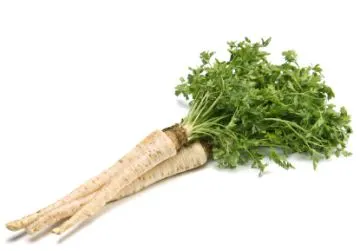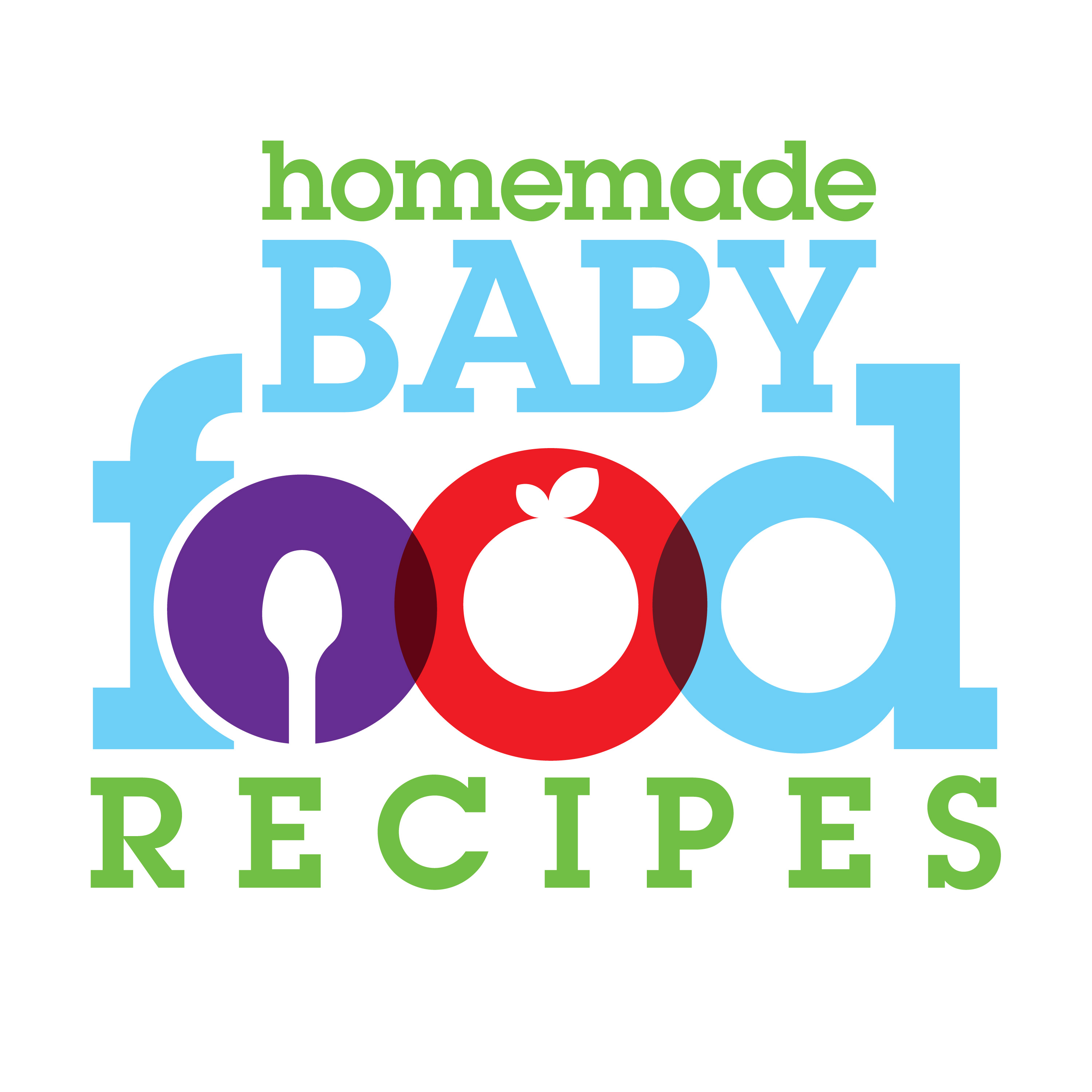Today we thought we’d share with you an interesting question we received from mom Debbie in Florida, USA.
Debbie had been reading through this page on our website where we discussed the merits of one of our favourite veggies… the parsnip.
Debbie had never tried cooking parsnips before, for either her baby or herself, and decided to give them a try.
Here’s what she told us…
I went to a local specialty market and found parsley root, which looked like parsnip. But I’m not sure if it’s the same thing and neither was the assistant. I thought I’d check before buying it for my baby.
And it’s a good thing you did, because parsnip and parsley root are NOT the same thing… even though they look incredibly similar!
There shouldn’t usually be any confusion when trying to buy parsnips because the store should be able to tell you which is which (ahem!). But if you’re in any doubt, here’s a quick guide to the differences between parsnips and parsley root…
Parsnips

Parsnips …
- are creamy, almost yellowish in colour
- have a fairly pungent smell, which some people find unpleasant (don’t worry, they don’t taste like they smell!)
- have a carrot-like shape, but tend to be more bulbous
- have a sweetish, nutty taste that’s hard to compare to anything else
- are usually used to make purees, roasted with other root veggies or used in place of carrots
- are rarely sold with leaves attached
Parsley Root

Parsley root (also known as turnip rooted parsley, Dutch parsley, rooted parsley, Hamburg parsley and – confusingly – parsnip rooted parsley)…
- is pale – almost white – in colour
- has a clean, fresh aroma
- tends to have a long, slender, tapered shape
- has a parsley-like flavour which some compare to celery
- tastes good mixed with mashed potato and can be used in the same way as parsnips or carrots
- is sold with the leaves (parsley) attached
Because parsnips and parsley root are two distinct veggies, they should be introduced separately to your baby using the four day rule. This will help you identify if either of them causes any type of reaction or digestive discomfort.
Parsnips are not considered to be highly allergenic and can be introduced to your baby from 6 months (or earlier if your doctor has recommended introducing solids prior to 6 months of age).
But there is not much data available on parsley root as it is not widely used as a vegetable for babies. For that reason, we’d recommend waiting until your little one is AT LEAST 6 months of age and already enjoying a wide range of other veggies before introducing it. And you should also check with your doctor, just in case there is any family history of food allergy that would make the introduction of parsley root inappropriate for your baby.
If you DO feel like giving parsley root or parsnips a try, please note that they can be used interchangeably in recipes (with different results in flavour, of course) – or can be used instead of carrots.
More information about introducing parsnips
Homemade baby food recipes to try…
Chicken, Parsnip and Pear Puree
